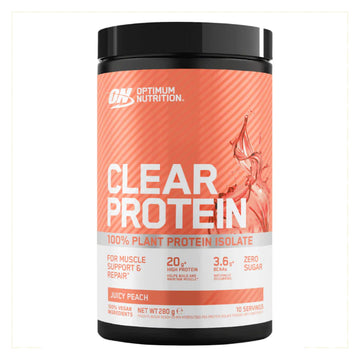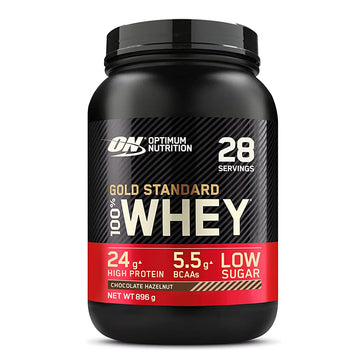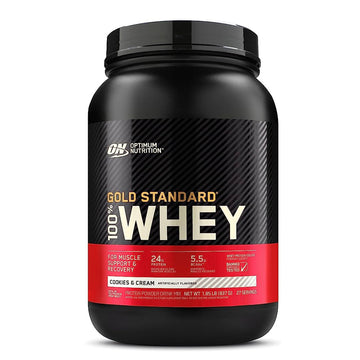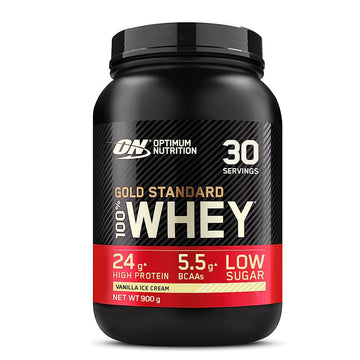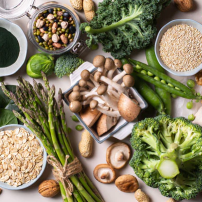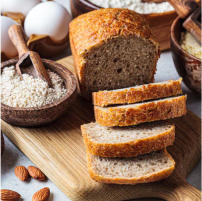Intermittent fasting is a dietary approach that has been around for centuries, but has increasingly gained more traction today among everyday healthy adults.
What is Intermittent Fasting?
Unlike many other diets, intermittent fasting focuses more so on when to eat and not necessarily what to eat. The most common form of intermittent fasting is known as the time-restricted fasting or the 16:8 method. People who practice time-restricted eating typically eat during an 8- to 12-hour window and fast during the remaining 12 to 16 hours. For example, eating between 12:00 pm – 8:00 pm, and fasting the other 16 hours of the day. During a fast an individual refrains from eating, but drinking water is allowed during this time. Some may also accept non-calorie containing beverages, coffee and tea during fasting. Now when it comes to the fed or non-fasting hours – there really are not restrictions or foods that are restricted during that 12-hour fed window.
Let’s talk about how you can make the most during that time from a protein standpoint:
After you’ve fasted – chances are you’re probably feeling pretty hungry, but resist the temptation to over-indulge to prevent stomach upset and overeating. Instead, re-introduce foods slowly and aim to eat about every 2 to 4 hours thereafter. You can begin your day as you normally would. Maybe starting off with high-quality proteins like eggs, yogurt, oats prepared with milk, etc. However, if you’re eating at noon, then you may not necessarily desire breakfast-type foods. If this is the case, then you can try for something more suited for lunch like a chicken salad, turkey wrap, or tuna sandwich. Some great nighttime options may include foods like grilled chicken, baked fish, or a tofu or tuna bowl. In all, when it comes to meals – always ensure you have an adequate amount of protein at each meal – making about a quarter of your plate protein. Snacks are a great time to vary up your protein routine and add more plant-based proteins like nuts, seeds, beans, peas, and lentils.
When needs are unmet through foods alone or you’re seeking a high-quality convenient protein, then supplements can be a great option. Protein powder can often be added throughout your fed-state first thing upon breaking fast, between meals, with meals, before activity, after exercise, and/or as a snack before bed. The unique thing with most powders is you don’t just have to shake it up or make a smoothie. In fact, many times you can bake, cook, and blend it in. Protein powder can be extremely easy to add into your routine and can even be easily disguised in many of your go-to recipes with unflavoured options.
In all, intermittent fasting is unlike many other diets, because again it focuses on when to eat and not necessarily what to eat. Fortunately, you can still make healthy smart choices when incorporating protein.
Here are three quick protein tips when implementing intermittent fasting:
- Include a variety of proteins from both animal and plant such as poultry, eggs, nuts, seeds, etc.
- Select lean options or go for healthier cooking options when preparing foods such as baking
- If protein needs are unmet through food, then select a quality protein such as whey, casein or plant.
Shop all Optimum Nutrition products here
Do you like this from Optimum Nutrition? Then read their blog 'Six Rules To Follow When Trying To Build Muscle with Optimum Nutrition' here.



